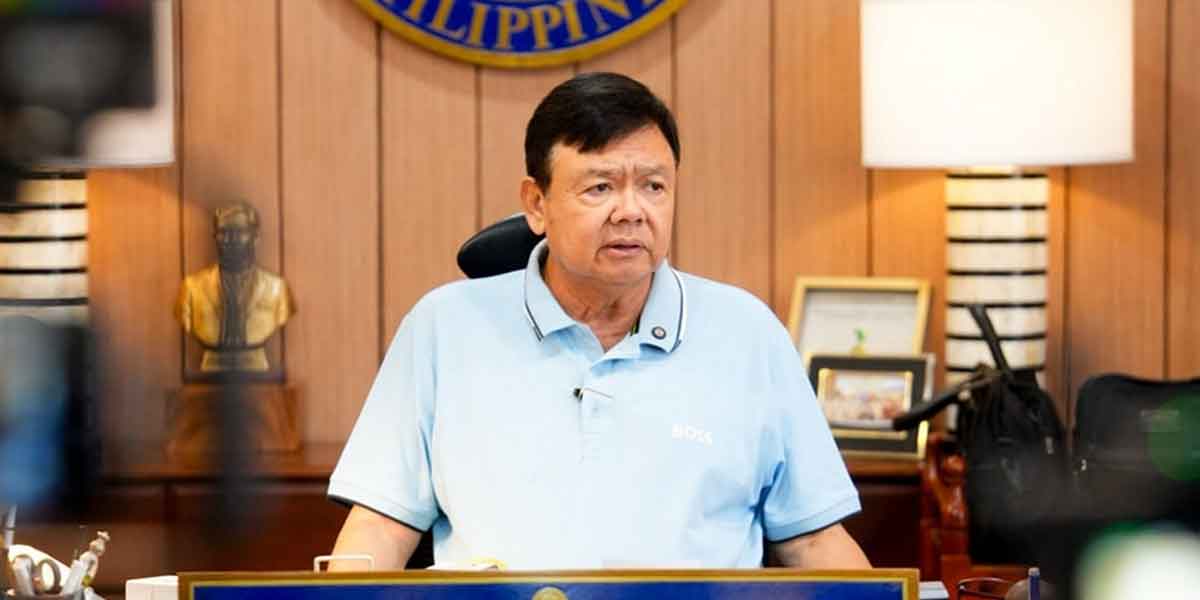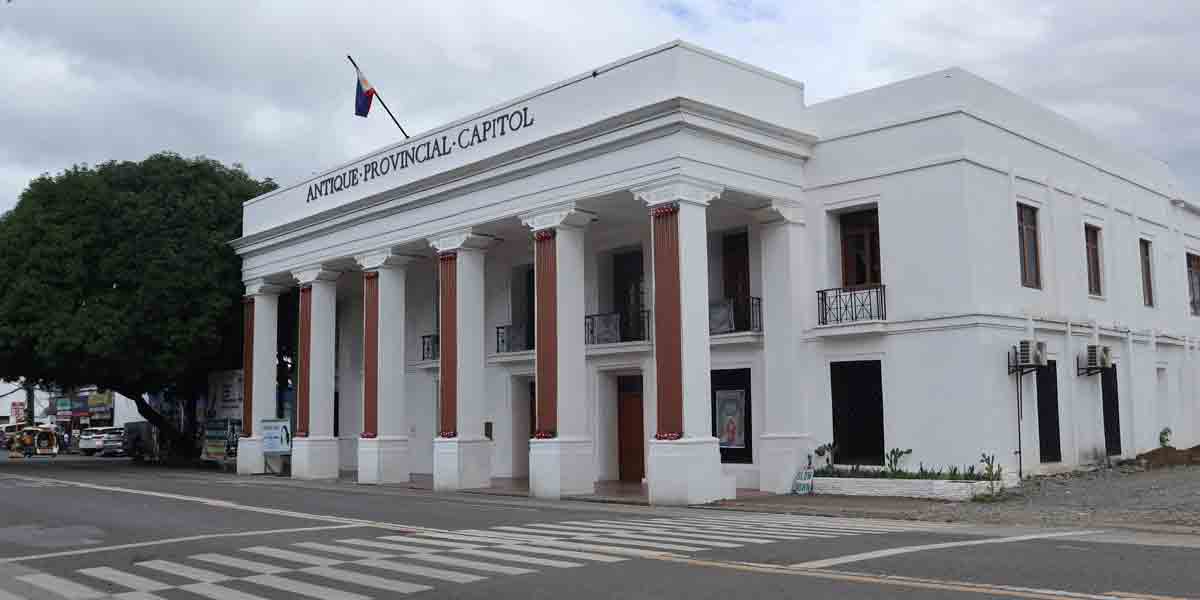By Glazyl Y. Masculino
BACOLOD CITY— As we bid adieu to 2024, one thing that definitely made a splash in Bacolod and Negros Occidental was the relentless flooding that rocked the region.
From torrential rains to surprise downpours, it seemed the skies had a mind of their own. Streets became rivers, homes were submerged, and residents scrambled for higher ground.
Heavy rains triggered widespread flooding, especially in low-lying areas, turning roads into rivers and streets into waterways.
But, as is often the case in the City of Smiles and the surrounding province, even in the face of these watery woes, the people proved that no flood can dampen their spirit. Resilience, resourcefulness, and good ol’ humor carried them through.
Meanwhile, the rest of Negros Occidental wasn’t spared. Localities like Silay, Cadiz, Manapla, and Victorias were submerged as overflowing rivers surged into residential areas and farmlands. Sugarcane fields, rice paddies, and vegetable gardens were swamped, affecting local farmers who depend on their harvests to make a living.
As the waters kept rising, so did the efforts of local government units (LGUs) and disaster response teams. But, as usual, infrastructure struggled to keep up with the floods.
Bacolod’s drainage systems, despite some improvements, were no match for the heavy rains. Without proper flood retention basins, rainwater had nowhere to go but into the streets. If there’s one thing the floods exposed this year, it’s the urgent need for more robust flood control solutions.
While the government did its best to keep the situation from sinking deeper, the floods brought several issues such as Flood Infrastructure, Climate Change, and Agriculture Losses.
As urbanization outpaces infrastructure development, streets become more prone to flooding. Without proper flood retention basins and drainage, even light rain can bring cities to a standstill.
This year’s severe flooding is also a stark reminder of the increasing intensity and frequency of weather disturbances. With climate change impacting weather patterns, Bacolod and Negros Occidental will need to brace for more extreme weather events in the future.
For farmers, the flooding meant destroyed crops, damaged fields, and a financial burden that hit especially hard. While relief operations helped, the long-term recovery for the agricultural sector remains a big concern.
Despite the waterlogged year, hope remains afloat in Bacolod and Negros Occidental. Looking ahead to 2025, there’s a renewed sense of optimism.
Local governments are already planning for better drainage systems, enhanced flood control projects, and more sustainable urban planning. There’s also a strong push for disaster preparedness to ensure the region is better equipped to handle future storms.
As we close the books on 2024, it’s clear that Bacolod and Negros Occidental faced a year of high water, higher challenges, and the highest level of resilience. Despite the floods, the spirit of Bacolodanos and Negrenses remained unshaken—each wave of water only strengthened their resolve.
Here’s hoping 2025 brings less flooding and more sunshine, but knowing the people of Bacolod and Negros Occidental, they’ll be ready for whatever comes next—rain or shine.





















